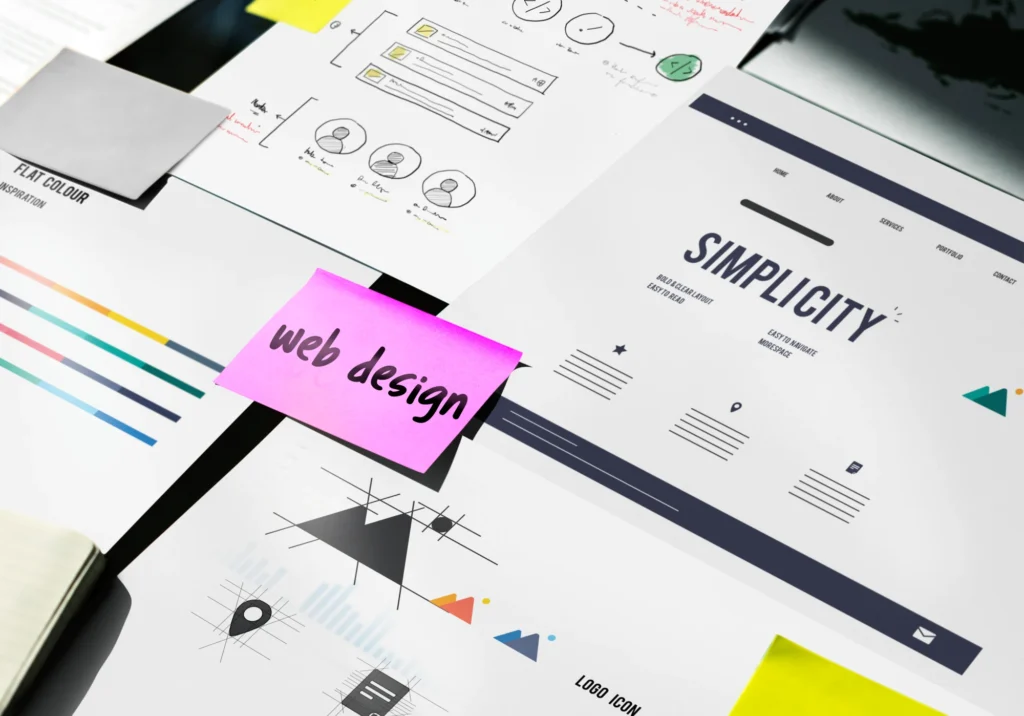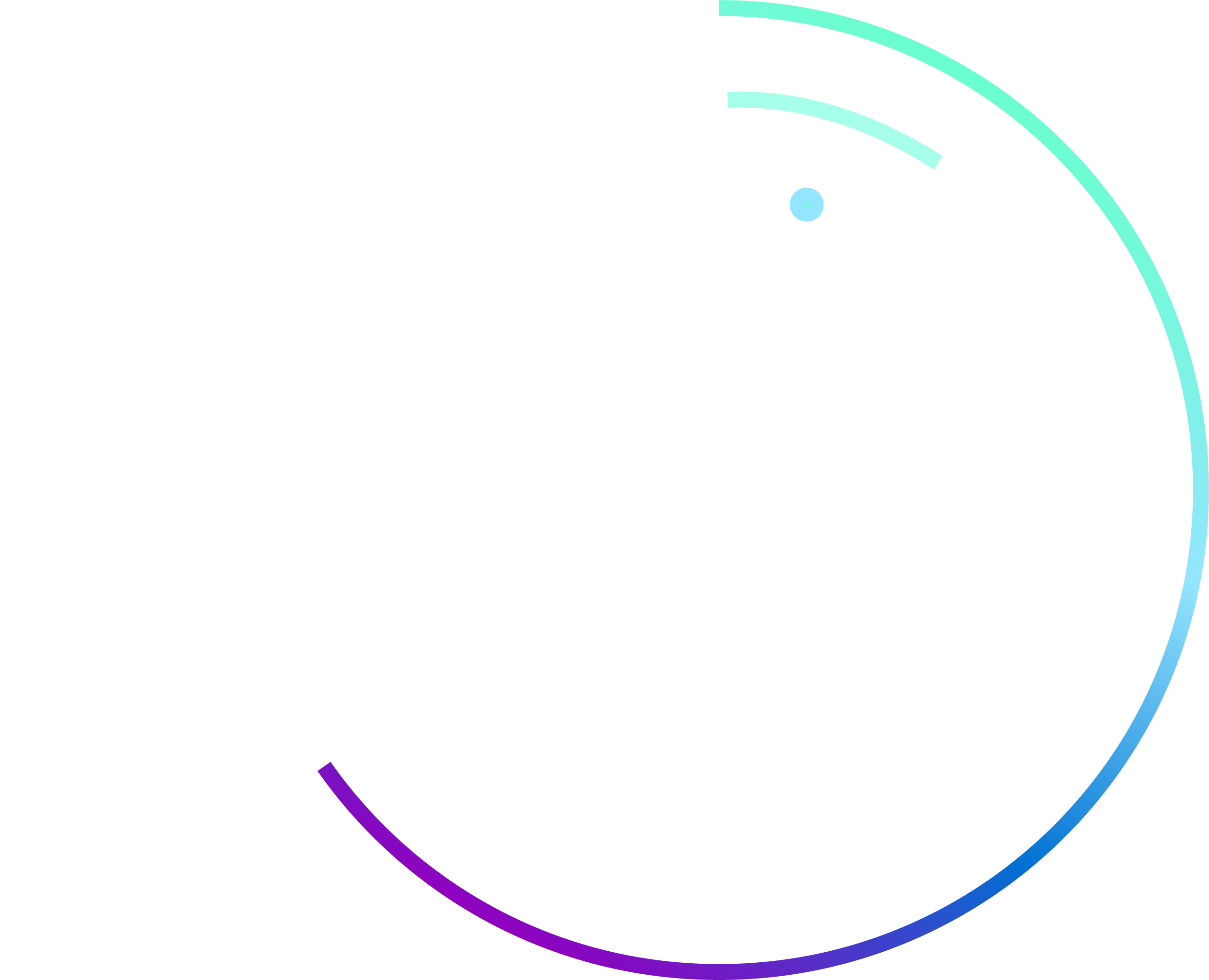
Introduction
Did you know that 93% of buyers say visual appearance is the key factor in their purchasing decision? 🤯 Web design isn’t just about making a site look good—it’s about influencing how visitors feel, think, and act. Every color, font, and layout choice has a psychological impact on users. Understanding these elements can increase engagement, build trust, and drive conversions. Let’s break down the science behind effective web design.
1. The Psychology of Colors in Web Design
Colors evoke emotions and influence user decisions. The right color scheme can enhance brand perception and user experience.
Common Color Associations:
🔴 Red: Passion, urgency, excitement (Used in CTA buttons to drive action)
🟠 Orange: Creativity, enthusiasm, friendliness (Great for tech and modern brands)
🟡 Yellow: Optimism, warmth, attention-grabbing (Used for happiness & positivity)
🟢 Green: Growth, harmony, trust (Popular in eco-friendly and financial websites)
🔵 Blue: Security, professionalism, trust (Preferred by banks, corporate & tech brands)
🟣 Purple: Luxury, creativity, imagination (Ideal for beauty & premium brands)
⚫ Black: Sophistication, power, elegance (Used in luxury and high-end brands)
How to Choose the Right Colors:
✅ Align colors with your brand’s identity and target audience.
✅ Use contrasting colors for CTAs to improve conversions.
✅ Stick to a consistent color palette to create a strong brand identity.
Example: Facebook and PayPal use blue because it builds trust and reduces anxiety.
2. Typography: How Fonts Affect User Perception
Fonts impact readability, brand perception, and user engagement. A poor font choice can make a website feel unprofessional and hard to read.
Font Personalities:
🔹 Serif Fonts (Times New Roman, Georgia): Traditional, trustworthy, elegant (Used by newspapers, law firms, and luxury brands).
🔹 Sans-Serif Fonts (Arial, Helvetica, Open Sans): Modern, clean, easy to read (Preferred for digital content).
🔹 Script Fonts (Pacifico, Lobster): Creative, elegant, personal (Used for artistic or boutique brands).
🔹 Monospace Fonts (Courier, Consolas): Techy, futuristic, minimalist (Common in coding and technology brands).
Best Practices for Web Typography:
✅ Keep body text between 14px-18px for readability.
✅ Use a maximum of 2-3 fonts for consistency.
✅ Ensure good contrast between text and background.
Example: Google’s Roboto and Apple’s San Francisco fonts are designed for maximum readability and clarity.
3. Website Layout: Guiding the User’s Eye
A well-structured layout improves navigation, engagement, and conversions. The way elements are arranged affects how users interact with your site.
Best Layout Strategies:
🖥️ The F-Pattern – Users scan pages in an F-shape, focusing on the top and left side (Great for blogs and content-heavy sites).
📱 The Z-Pattern – Best for landing pages, guiding users from top-left to bottom-right where CTAs are placed.
🔝 Above-the-Fold Content – Key messages and CTAs should be visible without scrolling.
📏 White Space (Negative Space) – Helps reduce clutter, making content easier to digest.
How to Optimize Your Layout:
✅ Place CTAs in high-visibility areas.
✅ Use grid-based design for clean organization.
✅ Keep essential info above the fold.
Example: Apple’s minimalist layout enhances clarity and user focus.
4. Visual Hierarchy: Directing User Attention
Visual hierarchy ensures that important elements stand out and guide users naturally.
Key Elements of Visual Hierarchy:
🎯 Size & Scale – Larger elements grab more attention.
🎯 Color & Contrast – Bright colors and bold text highlight important info.
🎯 Alignment & Spacing – Organizes content into readable sections.
🎯 Directional Cues – Arrows or lines can subtly guide users to CTAs.
Example: Amazon highlights “Add to Cart” buttons in high-contrast colors to increase conversions.
5. The Role of Images & Videos in Engagement
Visuals make content more engaging and memorable. A well-placed image or video can increase retention rates by 65%.
Best Practices for Using Images & Videos:
✅ Use high-quality, relevant images (Avoid generic stock photos).
✅ Optimize image size for fast loading speeds.
✅ Incorporate videos for storytelling & engagement.
✅ Use alt text for accessibility & SEO benefits.
Example: Landing pages with videos see 86% higher conversions.
Final Thoughts
Web design is more than aesthetics—it’s about understanding human psychology and influencing user behavior. By mastering colors, fonts, layouts, and visual hierarchy, you can create a website that engages, builds trust, and converts.
💡 Need help designing a website that connects with your audience? Aura Web Agency specializes in data-driven, conversion-focused web design.
🔗 Explore Our Web Design Services Here: Aura Web Agency’s Services Page
